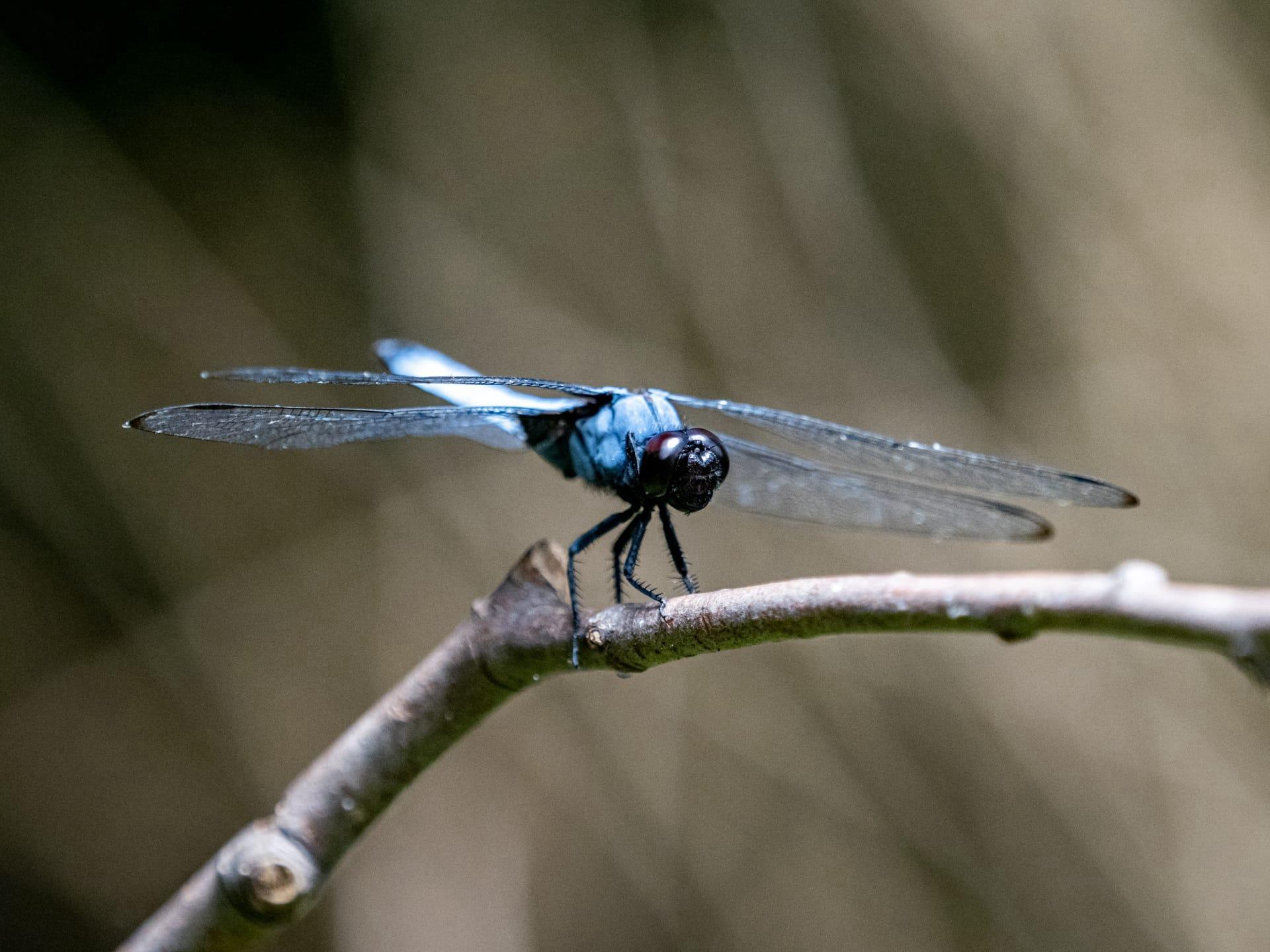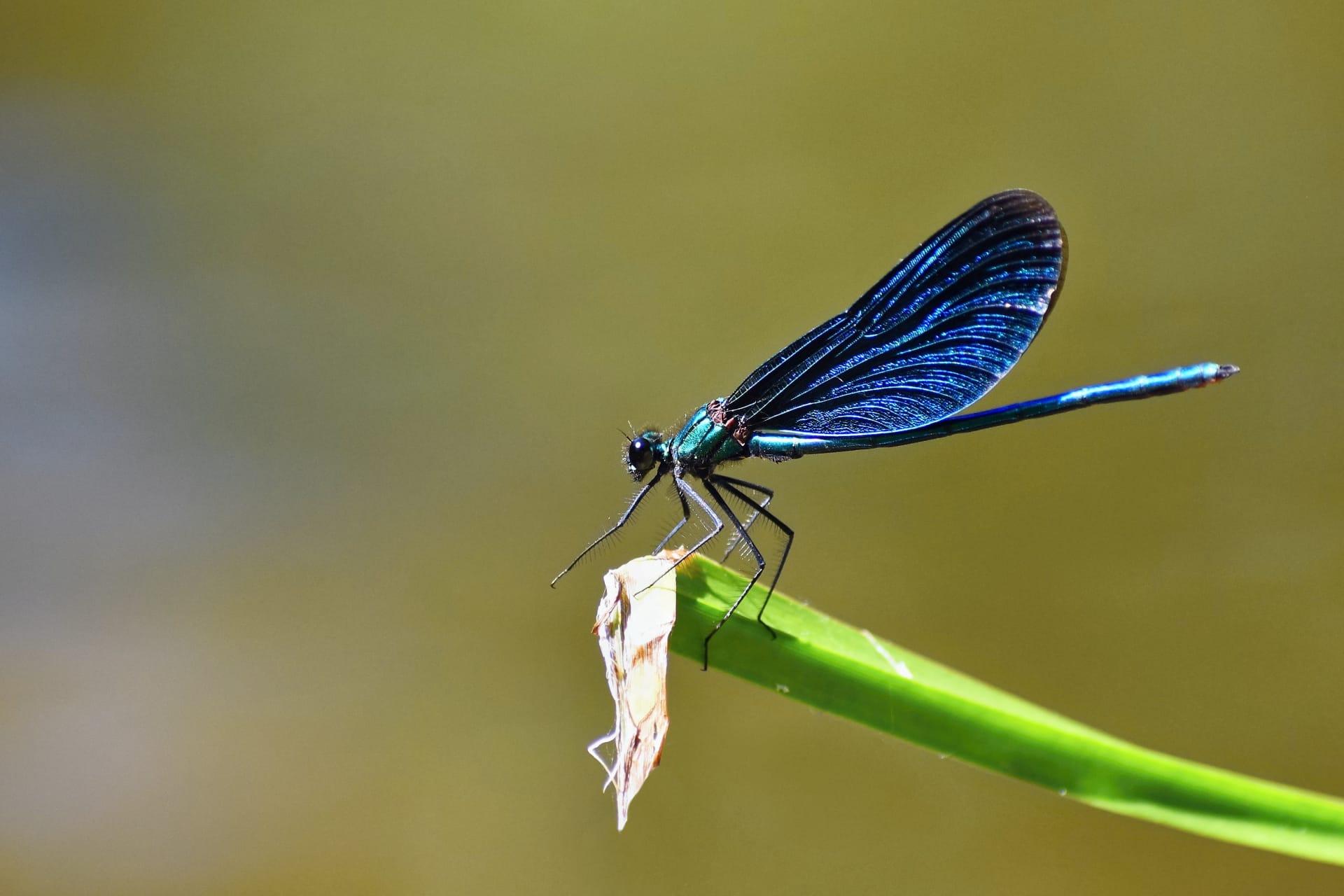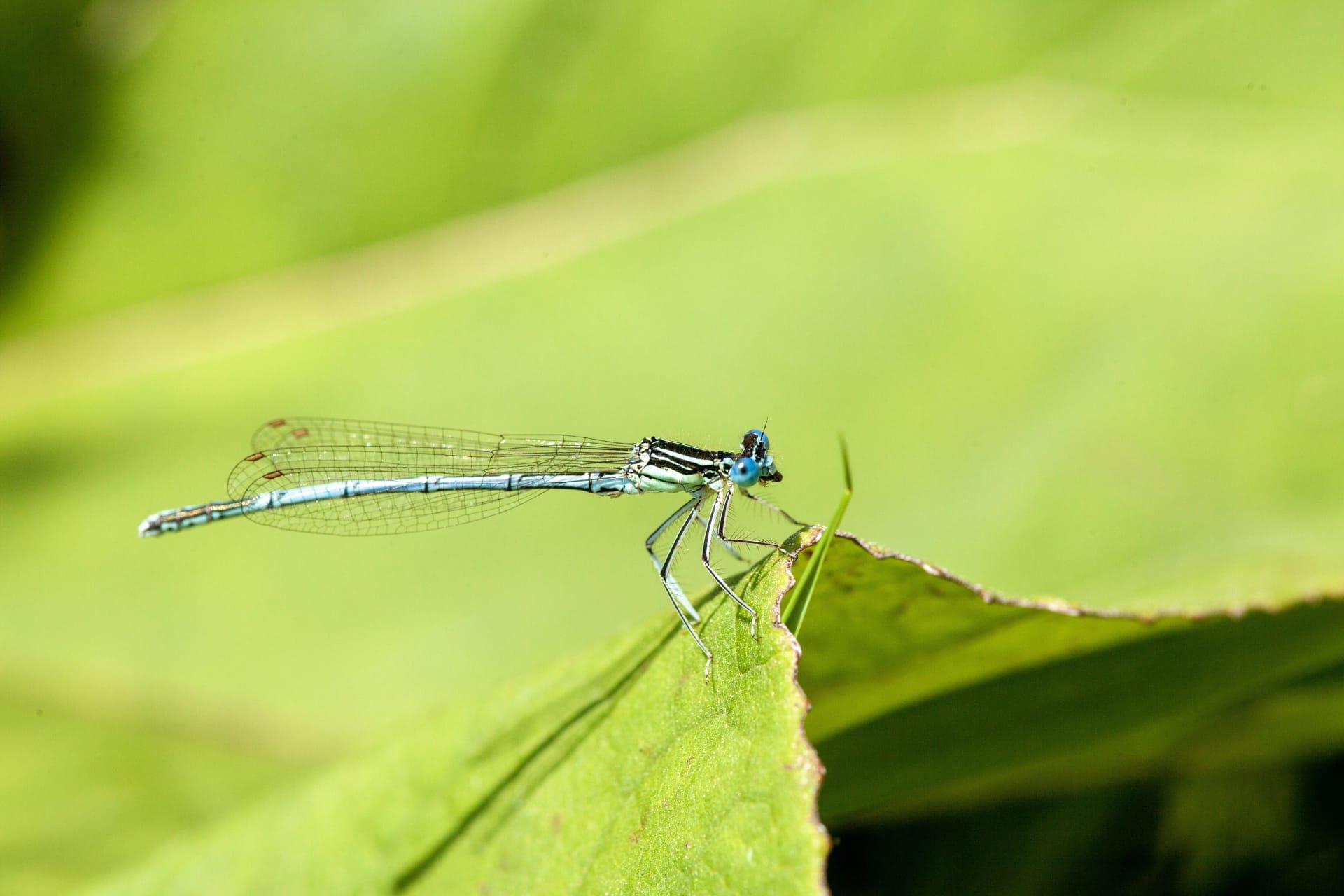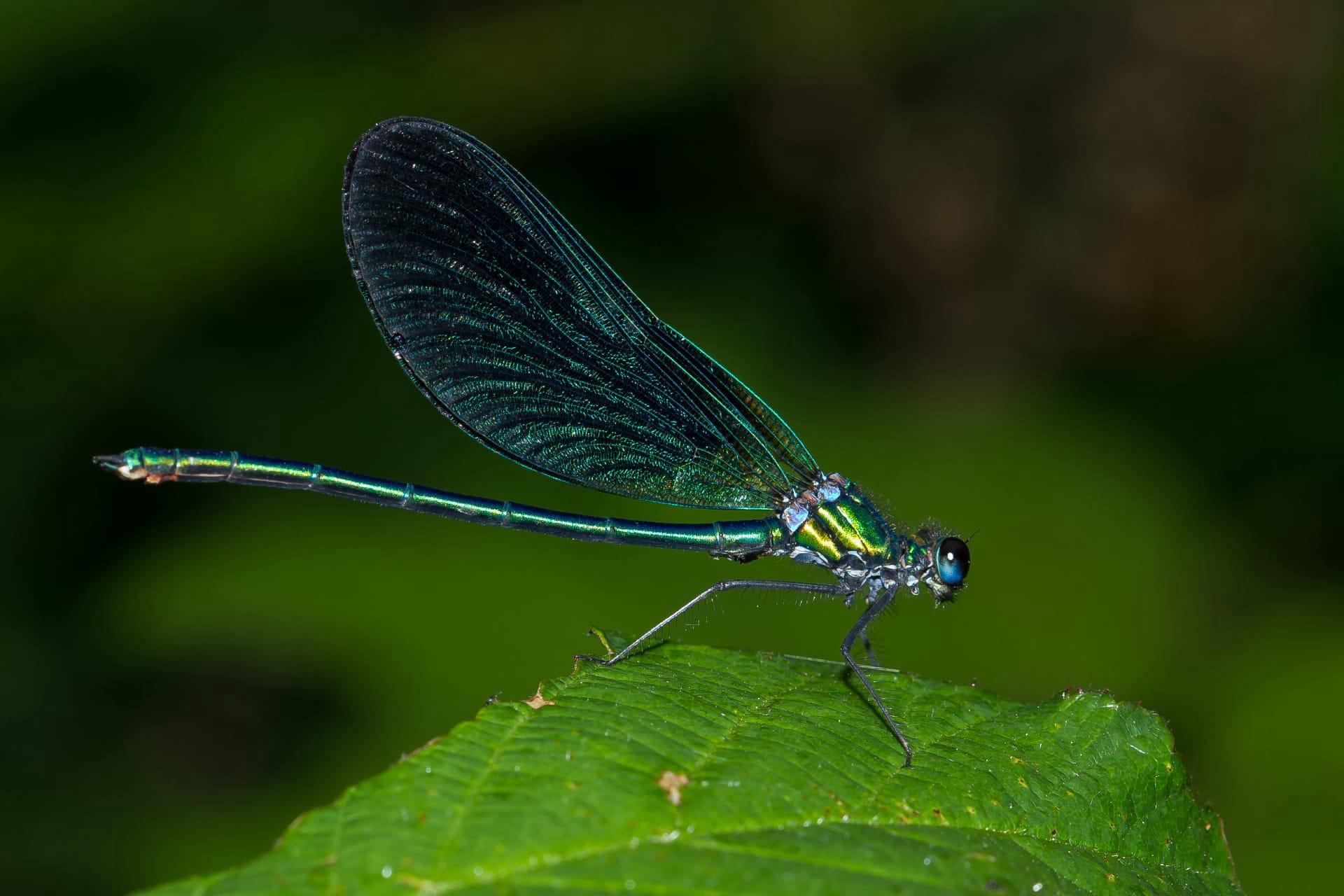Blue Dragonfly Trivia
- Home /
- Trivia Question /
- Animal /
- Blue Dragonfly Trivia
1
Question: What makes the blue dragonfly's wings so unique in appearance?
Answer: The wings of a blue dragonfly are a marvel of nature. They display a shimmering, almost iridescent quality due to microscopic structures on their surface that reflect and refract light. This creates a spectrum of colors that can change based on the angle of light and the viewer's perspective. The wingspan of these dragonflies can range from 2 to 5 inches (5 to 12.7 cm), depending on the species.
Question: How does the blue dragonfly's vision work?
Answer: Blue dragonflies have extraordinary vision. Their eyes are large and multifaceted, composed of up to 30,000 individual lenses. This compound eye structure grants them a near 360-degree field of view, allowing them to spot movement exceptionally well - an adaptation crucial for hunting. These eyes are highly sensitive to motion and can perceive a range of colors, including ultraviolet light.

2
Question: Is it true that all blue dragonflies live for just one day?
Answer: This is a common misconception. In reality, the adult life span of a blue dragonfly varies from several weeks to several months, depending on the species. However, their entire life cycle, from egg to adult, can last up to two years. Most of this time is spent in the larval stage, living in water before emerging as adults.
Question: Do blue dragonflies bite or sting humans?
Answer: Blue dragonflies neither bite nor sting humans. They don't have stingers, and their mouths are not capable of breaking human skin. In fact, they are harmless to humans and are beneficial as they feed on insects like mosquitoes and flies, helping to control these populations.

3
Question: What is the significance of the blue dragonfly's mating dance?
Answer: The mating dance of blue dragonflies is a fascinating and intricate ritual. Males perform aerial acrobatics to attract females. Once a pair is formed, they mate in the air, forming a unique shape known as a "mating wheel" or "heart shape" where they connect at the abdomen. This process can last several minutes to hours, crucial for successful reproduction.
Question: How fast can blue dragonflies fly?
Answer: Blue dragonflies are among the fastest insects, capable of reaching speeds up to 35 miles per hour (56 km/h). Their agile flight, combined with their ability to hover, fly backwards, and change direction rapidly, makes them skilled hunters. They use this speed to catch prey and escape predators, showcasing remarkable aerial prowess.

4
Question: What role do blue dragonflies play in their ecosystem?
Answer: Blue dragonflies are vital to their ecosystems. As predators, they help maintain the balance by feeding on smaller insects, including mosquitoes, flies, and sometimes even other dragonflies. This predatory behavior controls insect populations, reducing the spread of diseases like malaria. Additionally, as prey, they are an important food source for birds, fish, and other wildlife.
Question: Can blue dragonflies predict weather changes?
Answer: While blue dragonflies can't predict weather, their behavior is influenced by it. They are more active in warm, sunny conditions as they are cold-blooded and rely on external heat sources to regulate their body temperature. However, they are known to sense approaching storms and high winds, seeking shelter beforehand, which can be mistaken as a weather prediction.

5
Question: What is the diet of a blue dragonfly and how do they catch their prey?
Answer: Blue dragonflies are carnivorous and primarily feed on flying insects, including mosquitoes, flies, butterflies, and sometimes even other dragonflies. They catch their prey mid-air with incredible precision using their sharp, spiny legs like a basket to scoop up the insects. They have strong, toothed jaws which they use to crush and consume their prey while still flying.
Question: Are blue dragonflies solitary or social creatures?
Answer: Blue dragonflies are generally solitary creatures, especially when it comes to hunting. However, they can be seen in groups during migration or in areas abundant with food. During the mating season, they often congregate around water bodies, but this is more due to the necessity of the habitat for reproduction rather than a social inclination.